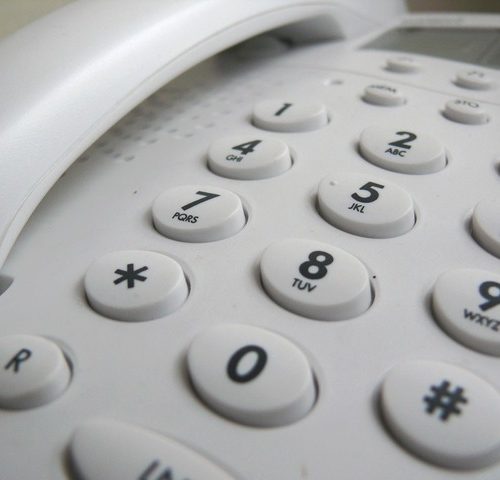VoiceSage’s Steven Robertson throws some light on the demise of the home landline phone and why brands need to look at a broader communications strategy
When Culture Minister Ed Vaizey said the fact that domestic phone users who use landlines to access broadband get charged a rental fee, but who never make calls from their fixed handsets is equivalent to paying an unfair tax – a lot of people in the UK were in agreement.
And it’s a substantial fee too, at around £240 a year. Ofcom figures suggest that this bill applies to at least 20% of us, as many of us prefer to use smartphones, Skype, WhatsApp, send email, and if we make a voice call at all, it’s not likely to be on a BT line.
Is the death of the home phone exaggerated?
Has the fixed line phone had its day?
The reality is likely to be more complicated – many people use landlines to call non-geographic numbers, for example, to avoid higher mobile charges, and older citizens will remain wedded to the form for some time to come, one suspects.
The pollsters are certainly highly conscious of this. ICM, which uses phone polling for voting intention research, has gone on record to say, “We live in an era of massively declining response rates by telephone which is clearly to do with the way in which the public is using communications devices these days. Back in the 1990s we all had a landline and mobile phones were only just appearing on the scene; people tended to pick up their [landline] phone more often then.” A fellow market researcher, Nick Moon of GFK NOP, agrees: “People only use the landline if they know their mum is going to ring on Sunday evening, because mum always rings on Sunday evening.”
These observations from the world of polling apply as much to marketing or customer service efforts in a B2C context, even in B2B. There are clear takeaways from this debate for brands wishing to communicate with their audiences effectively. First and foremost, the landline is becoming increasingly outmoded for Millennials. Even 15 years ago, you could be sure that a phone call made during the day would be answered; now we tend to assume the opposite. As a result, it’s become increasingly challenging for companies to connect with their market via this means alone.
Flexibility is your best friend
The verdict’s clear – if you over-rely on the landline, you will fail to connect. You need to build lots of other communications media, especially mobile and SMS, into your outreach, in order to successfully reach your users or prospects, and start doing that now.
MailChimp confirms that on average only 20% of emails get opened, for example. The clear next best option is mobile and SMS. Why? Just think about how many times people (probably including you) look at their mobile phones across the day. If you leave a message on a landline, the recipient may get back to you, they may not, but as a general rule people will send a response if you text them, too.
Even better, 99% of texts are opened and 90% get read within the first three minutes of receipt.
SMS is a central fact of all lives, that offers a unique speed and urgency and it needs to be a key part of your communications stack. And to be honest, voice is not always an ideal option; many of our customers tell us that SMS is a much better, more nuanced, way of working with the very diverse population we now have in the UK in terms of technical ability and preferred communications media.
And finally, people appreciate being offered choice. Even now, 80% of landline users still like to make regular calls using the technology. Embrace that fact and you’ll be able to manage the long, slow decline of the landline – as relying on a single channel will always mean you deny yourself the chance of response on all the others.
The author is Sales and Marketing Director at VoiceSage (www.voicesage.com), a proactive customer service solutions provider






